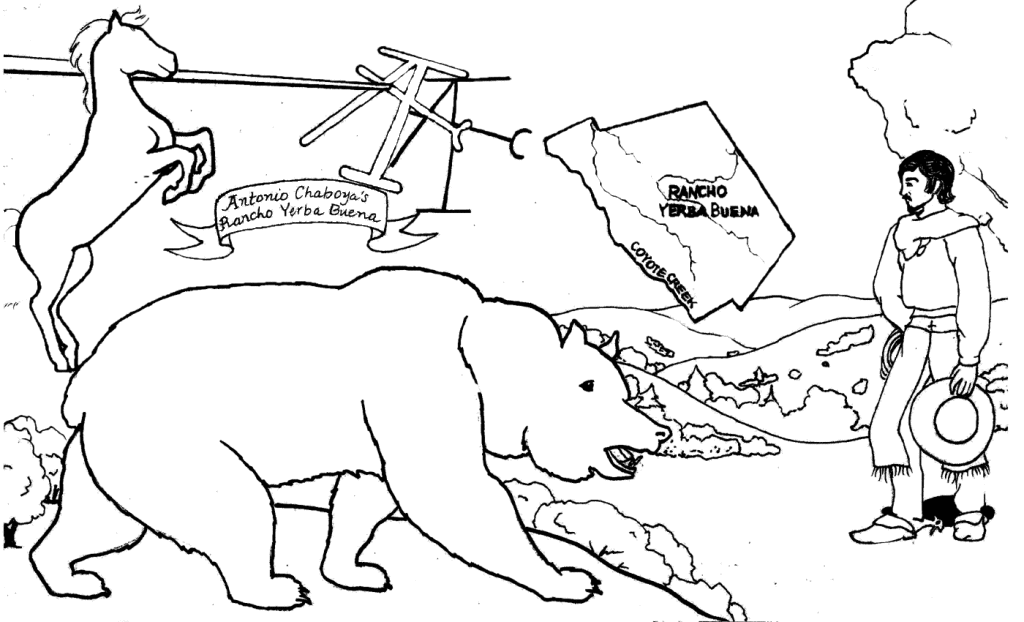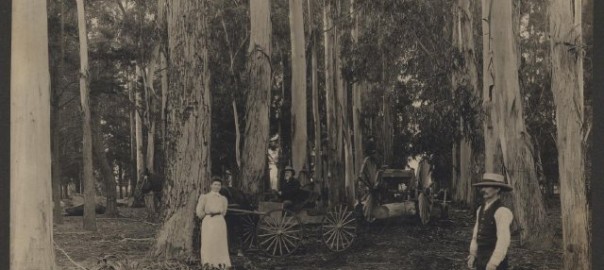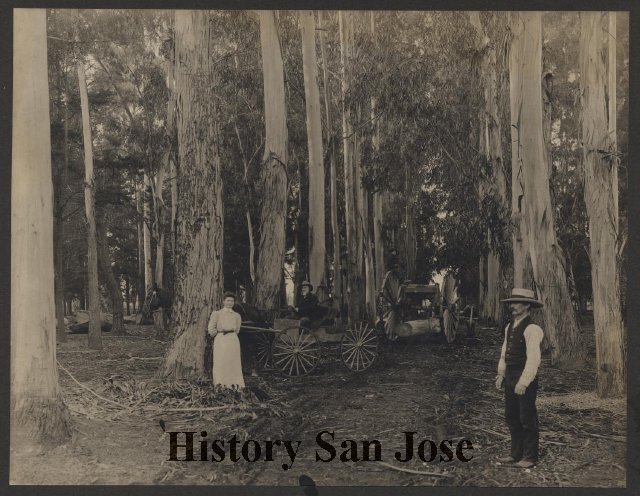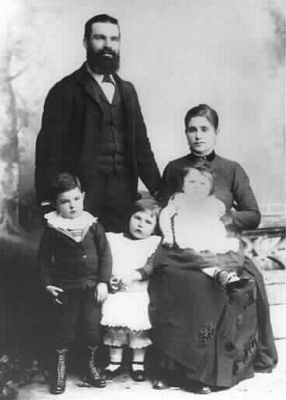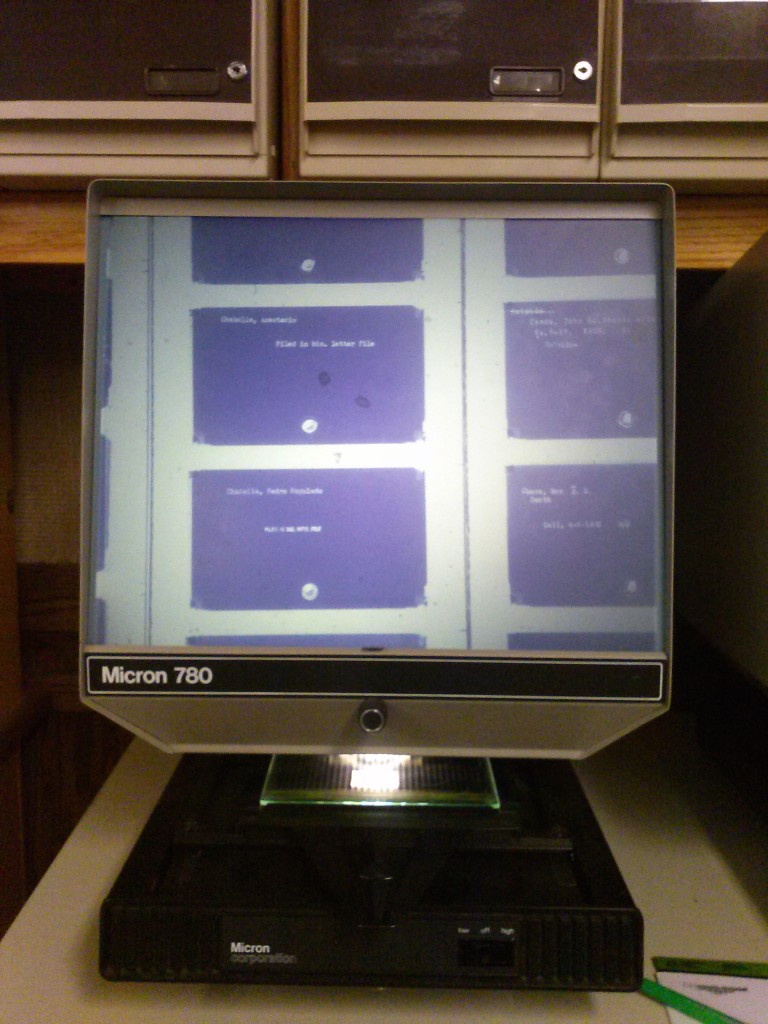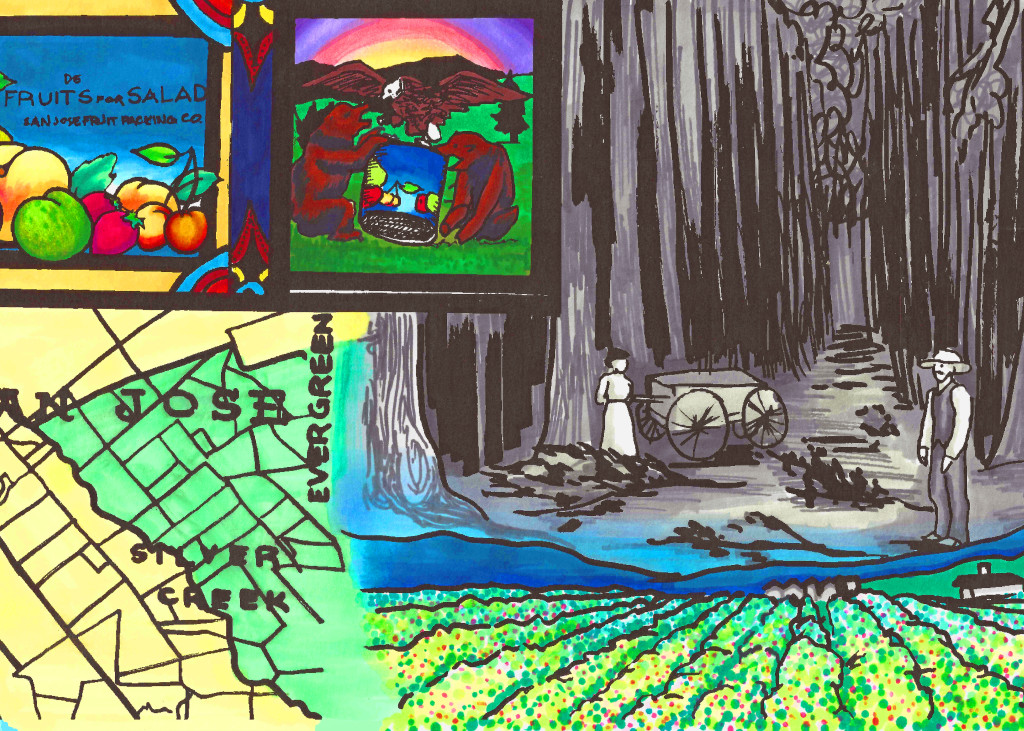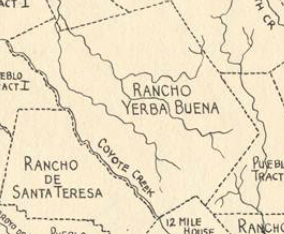 Antonio Chaboya’s name isn’t really well known throughout San Jose but his land holdings certainly are today. Rancho Yerba Buena, parts at least, stayed in the Chaboya family for over a hundred years. From all accounts, they were exemplary citizens predating the European or American immigrants.
Antonio Chaboya’s name isn’t really well known throughout San Jose but his land holdings certainly are today. Rancho Yerba Buena, parts at least, stayed in the Chaboya family for over a hundred years. From all accounts, they were exemplary citizens predating the European or American immigrants.
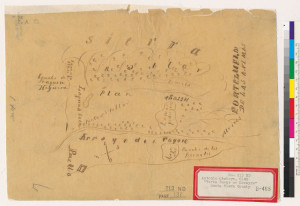 Antonio Chaboya, born in Mexico in 1803, obtained one of the first land patents from the Mexican Government, post-Spanish rule. Antonio and family probably came to the Santa Clara Valley with father, Marcos Chaboya, to colonize the area during the late Spanish Period. With Mexican Independence shortly after, the Spanish Missions were decommissioned and their large land tracts were up for grabs. The Missions once were the source of agriculture for the Spanish. Antonio Chaboya enjoyed one of the largest tracts of land afterwards.
Antonio Chaboya, born in Mexico in 1803, obtained one of the first land patents from the Mexican Government, post-Spanish rule. Antonio and family probably came to the Santa Clara Valley with father, Marcos Chaboya, to colonize the area during the late Spanish Period. With Mexican Independence shortly after, the Spanish Missions were decommissioned and their large land tracts were up for grabs. The Missions once were the source of agriculture for the Spanish. Antonio Chaboya enjoyed one of the largest tracts of land afterwards.
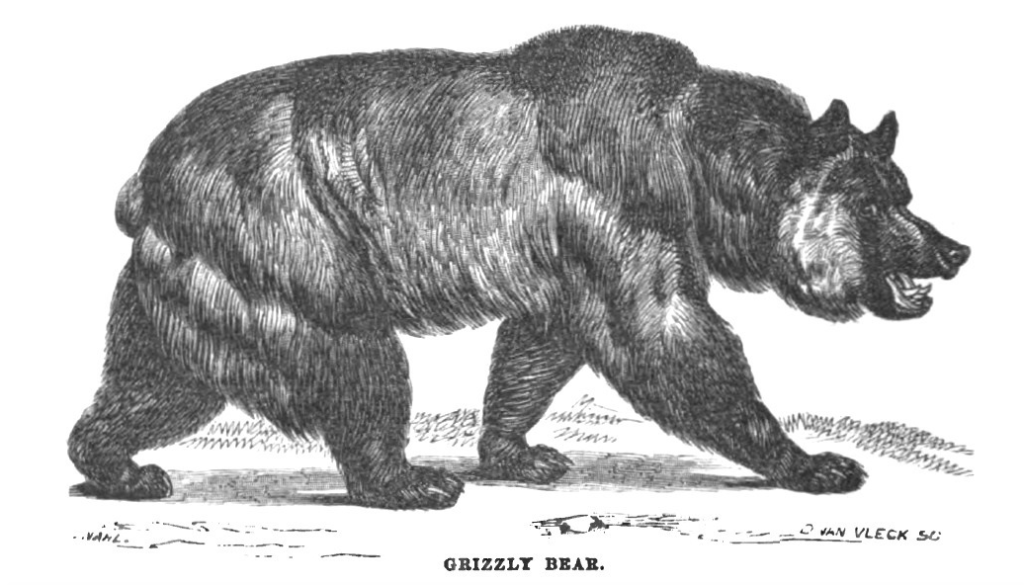 Rancho Yerba Buena raised a huge herd of cattle, hundreds horses and various crops. Antonio Chaboya and his family enjoyed a fairly untouched version of Evergreen, not being able to cultivate it all. Rancho Yerba Buena’s rolling hills were populated with grasslands, creek beds, spearmint and oak trees. Yerba Buena translates to spearmint in Spanish. Rancho Yerba Buena was over 25,000 acres, making it a high maintenance property.
Rancho Yerba Buena raised a huge herd of cattle, hundreds horses and various crops. Antonio Chaboya and his family enjoyed a fairly untouched version of Evergreen, not being able to cultivate it all. Rancho Yerba Buena’s rolling hills were populated with grasslands, creek beds, spearmint and oak trees. Yerba Buena translates to spearmint in Spanish. Rancho Yerba Buena was over 25,000 acres, making it a high maintenance property.
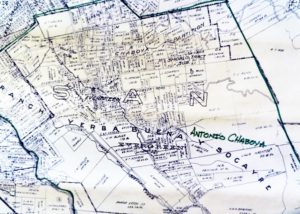 Antonio Chaboya was granted the land originally in 1833 by the Mexican Rule, but had to fight to keep it through the 1860’s in the United States. The Chaboyas and their ranch hands even fought and killed bears on their property. The family hosted an annual rodeo at Rancho Yerba Buena for the young horsemen they employ and of the pueblo. The Chaboyas traded a lot of cowhides with Americans and enjoyed a wealthy lifestyle. The property was left to Antonio’s descendants in his passing in 1865.
Antonio Chaboya was granted the land originally in 1833 by the Mexican Rule, but had to fight to keep it through the 1860’s in the United States. The Chaboyas and their ranch hands even fought and killed bears on their property. The family hosted an annual rodeo at Rancho Yerba Buena for the young horsemen they employ and of the pueblo. The Chaboyas traded a lot of cowhides with Americans and enjoyed a wealthy lifestyle. The property was left to Antonio’s descendants in his passing in 1865.
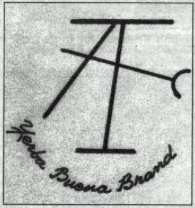 After the Mexican American War, Antonio Chaboya again was granted Rancho Yerba Buena by the US Government in 1858, one of the first real estate cases heard over “squatters’ rights”.
After the Mexican American War, Antonio Chaboya again was granted Rancho Yerba Buena by the US Government in 1858, one of the first real estate cases heard over “squatters’ rights”.
Antonio’s brother, Pedro Chaboya, served as one of the first lawmen in the area under Mexican Independence. Pedro Chaboya lead the fight when under Spanish rule to defend the ranchos of the Santa Clara Valley from Native Americans and create some peace for the ranchers. He would maintain a much smaller land patent west of Rancho Yerba Buena, near the present day fairgrounds.
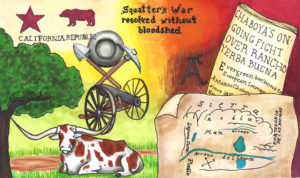 We will discuss Evergreen’s land fights, though we didn’t focus much on it within the artwork itself. Rancho Yerba Buena was over 25,000 acres and hard to scout and watch at all times. As cattle grazed throughout Evergreen, it might have been years until someone came upon a new farm or Native camp popping up. The Chaboyas had to part with Rancho Yerba Buena in sections to provide newcomers the opportunity of the American Dream. With this realization, Downtown Evergreen on San Felipe Road and Aborn Road was the first area densely populated with new farmers.
We will discuss Evergreen’s land fights, though we didn’t focus much on it within the artwork itself. Rancho Yerba Buena was over 25,000 acres and hard to scout and watch at all times. As cattle grazed throughout Evergreen, it might have been years until someone came upon a new farm or Native camp popping up. The Chaboyas had to part with Rancho Yerba Buena in sections to provide newcomers the opportunity of the American Dream. With this realization, Downtown Evergreen on San Felipe Road and Aborn Road was the first area densely populated with new farmers.
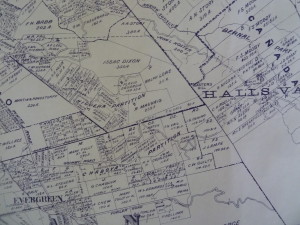 The Chaboya family would maintain homesteads off of Quimby Road in the center of the former Rancho. Chaboyas would have the last names Shobolo, Shabolla, Chabolla and Chaboya, all being pronounced the same way. Chaboya orchards were a source of pride. The family would marry into other prosperous Mexican and American families. They were a well-liked, hard working bunch in Evergreen into the 1940’s. Then, the trail goes cold.
The Chaboya family would maintain homesteads off of Quimby Road in the center of the former Rancho. Chaboyas would have the last names Shobolo, Shabolla, Chabolla and Chaboya, all being pronounced the same way. Chaboya orchards were a source of pride. The family would marry into other prosperous Mexican and American families. They were a well-liked, hard working bunch in Evergreen into the 1940’s. Then, the trail goes cold.
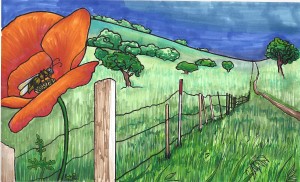 Little trivia: Yerba Buena and Evergreen are trying to communicate the same things about our community and land. Spearmint is super green, and again the forever green inspires the same. If you get a little mint in your yard, watch out. It’s a nuisance and a weed after a while. Spearmint will make itself quite comfortable in your Evergreen flowerbed, as I know from experience.
Little trivia: Yerba Buena and Evergreen are trying to communicate the same things about our community and land. Spearmint is super green, and again the forever green inspires the same. If you get a little mint in your yard, watch out. It’s a nuisance and a weed after a while. Spearmint will make itself quite comfortable in your Evergreen flowerbed, as I know from experience.
The Chaboya/Chabolla story is a crucial one in our timeline because it spans our Native American Evergreen to early California Statehood Evergreen into the 20th century. It wasn’t until the late 1800’s that Americans started purchasing large lots of land from Rancho Yerba Buena. We find them so important, we’ve featured them several times in the Mural Walk. Here’s what I’ve designed to honor the Chaboya Legacy.

